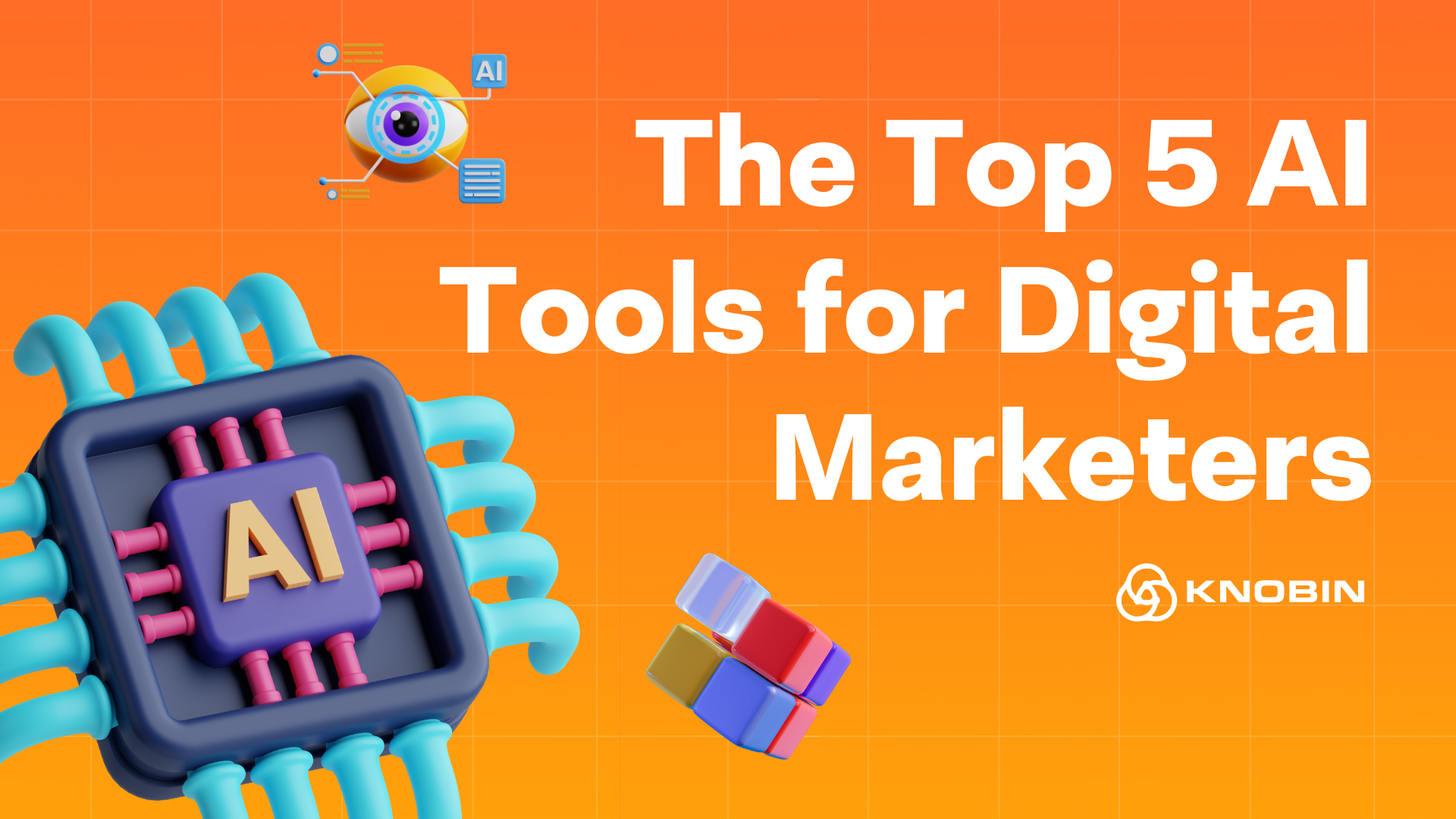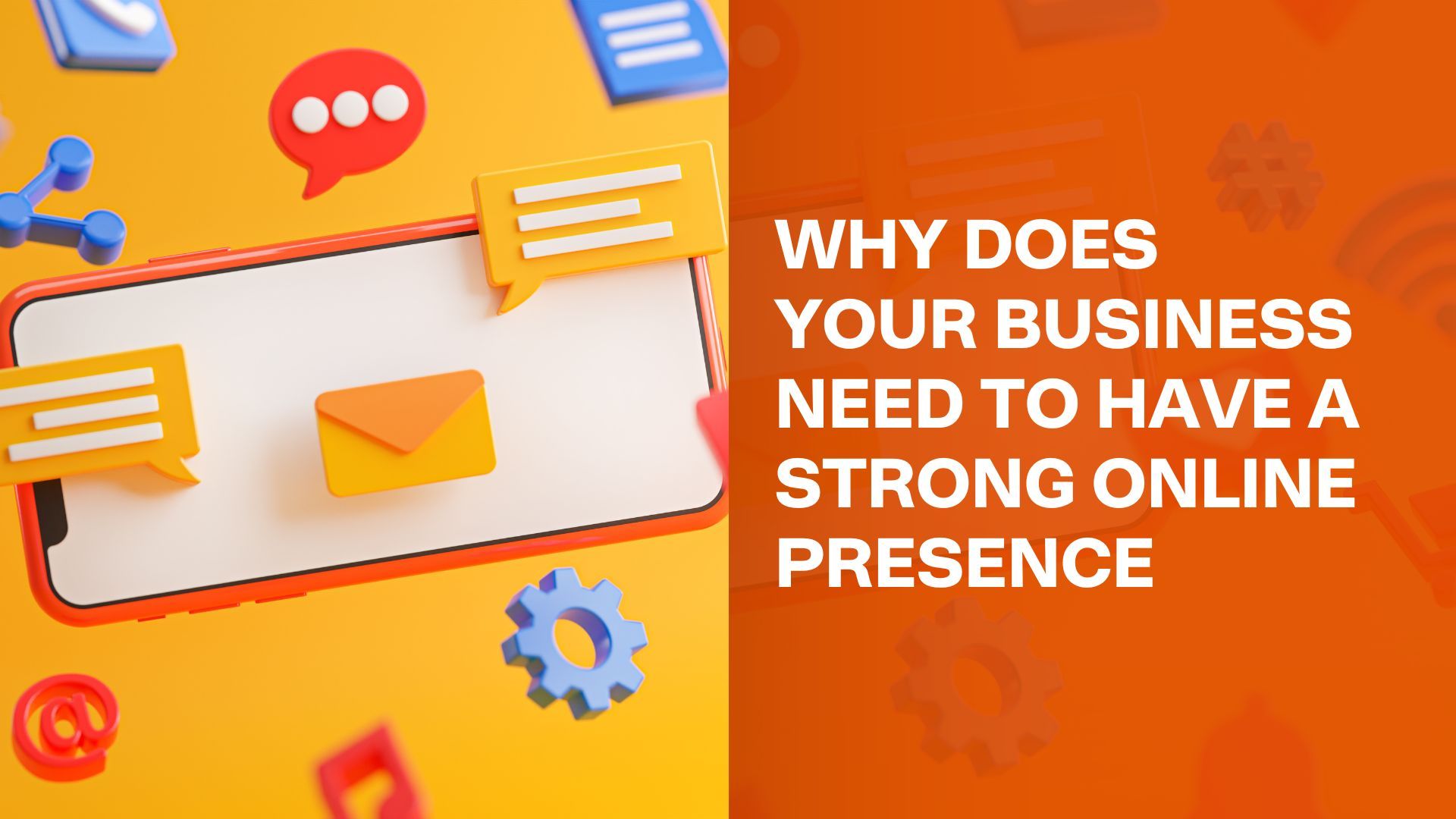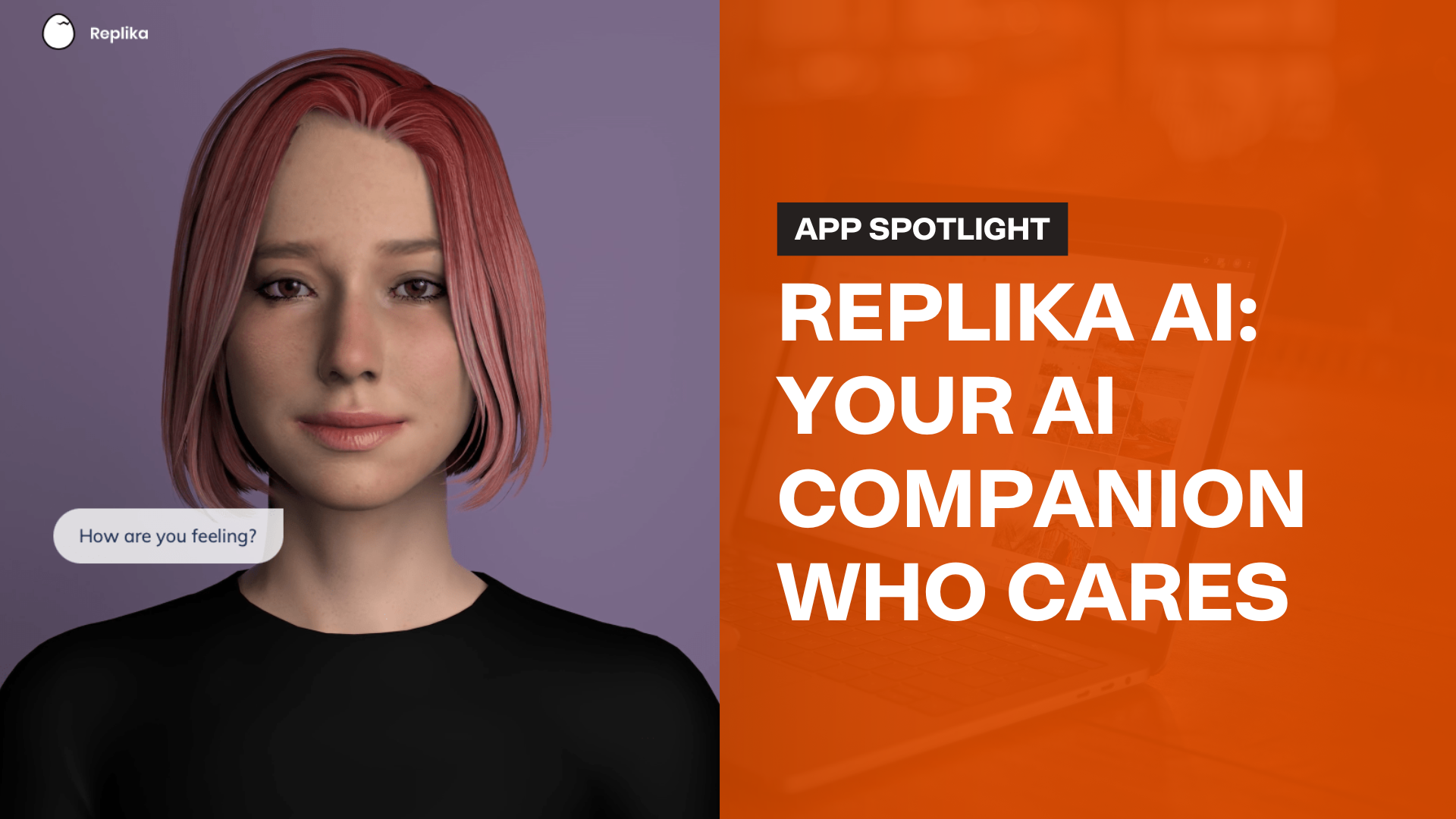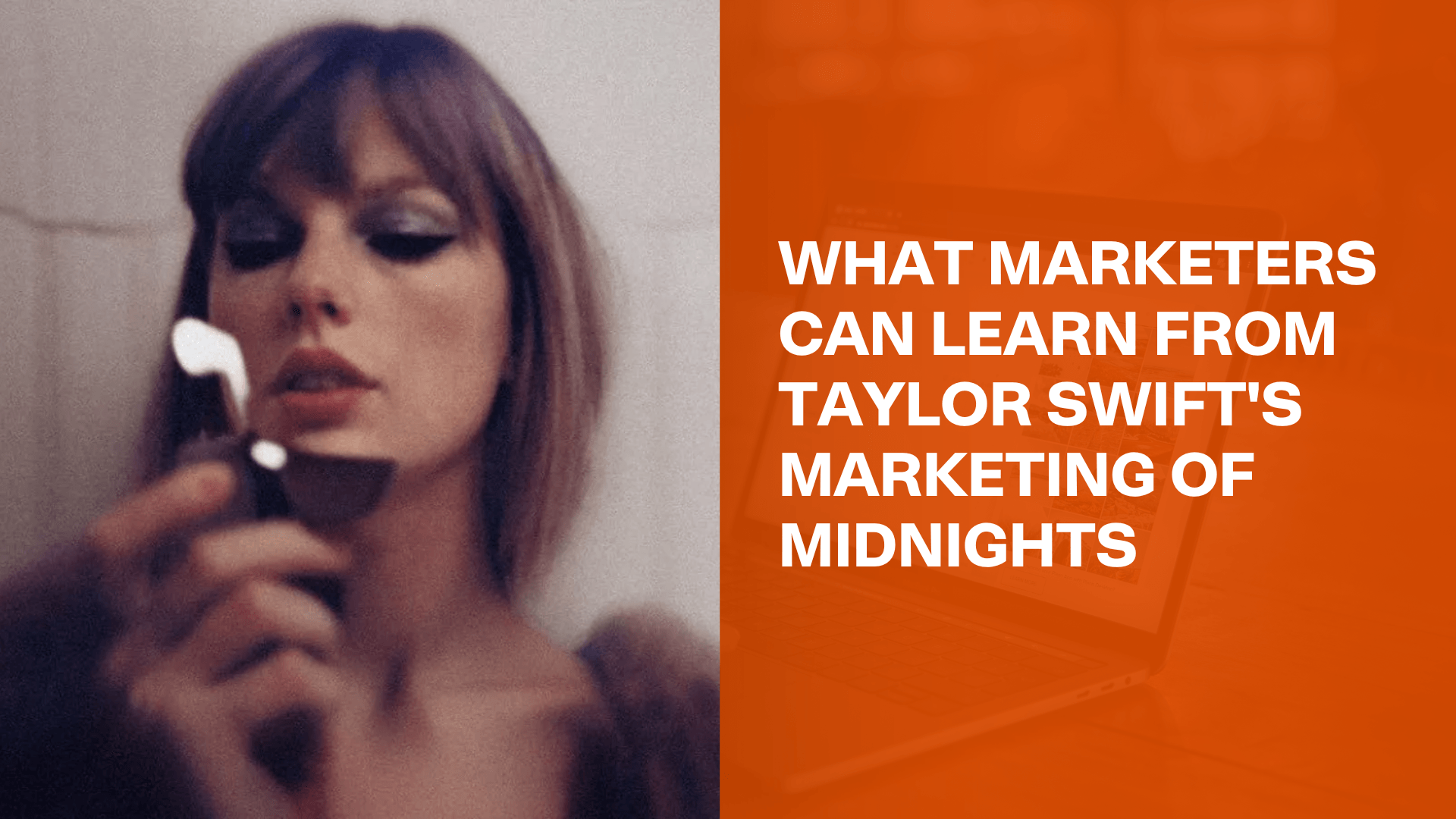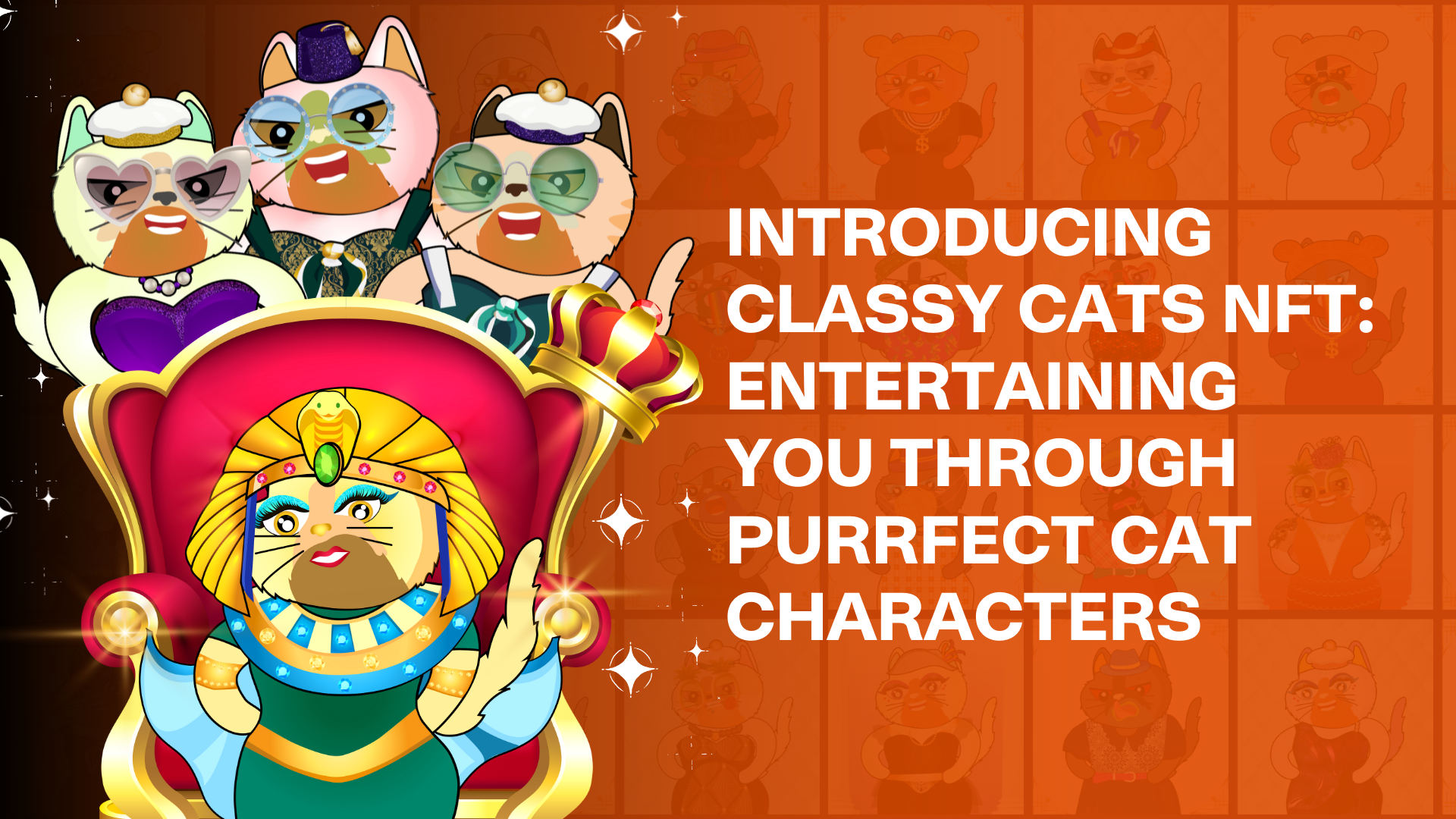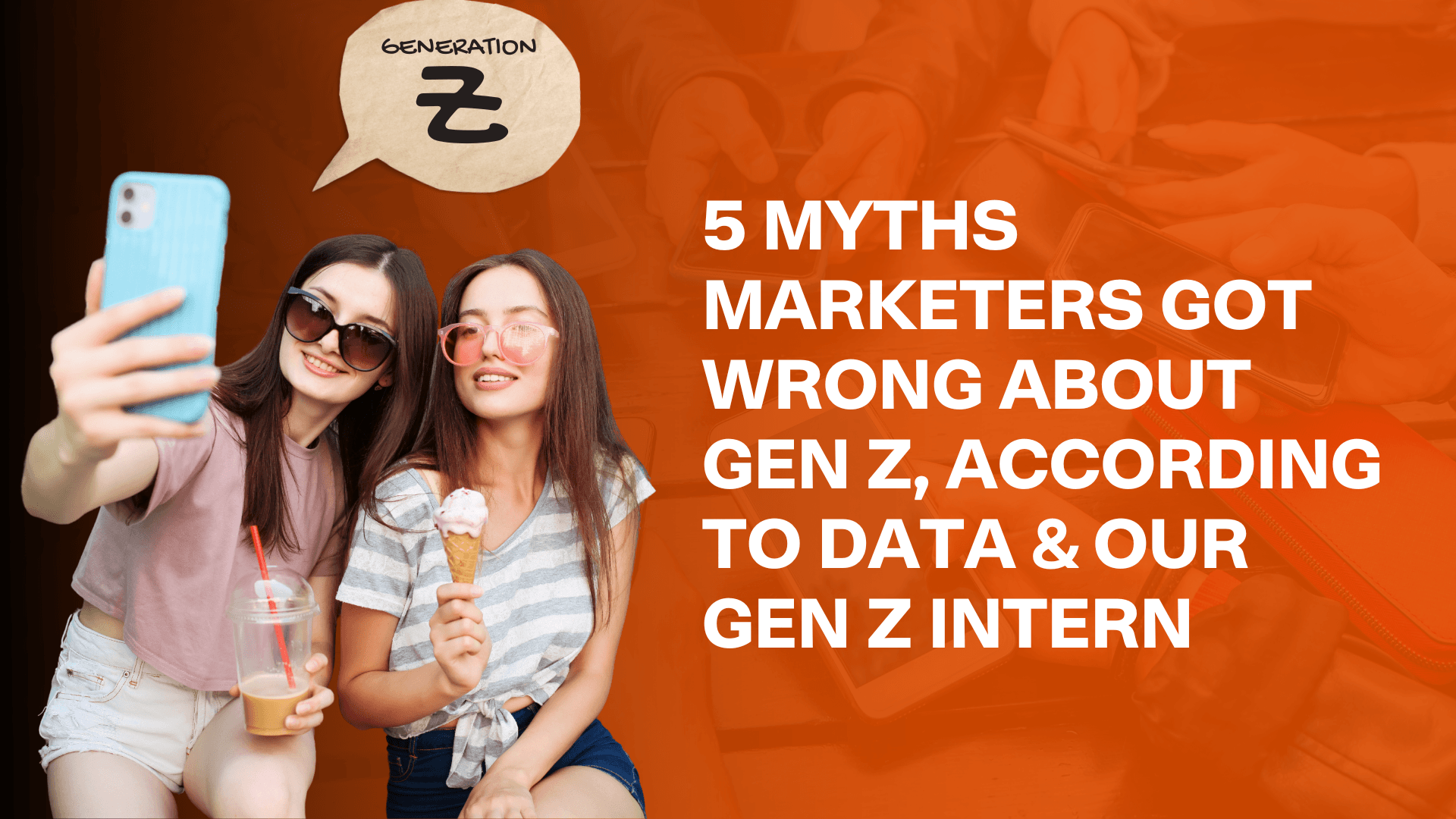Community Building 101: Driving Newbies and Skeptics Into Your NFT Project

Do you want your NFT community to expand? Do you want to encourage more people to support Web3 initiatives? Or are you one of the people who think the community isn't essential in NFT?
In this article, we will let you know the most prevalent objections to NFTs that people new to Web3 have and how to overcome them through community and education.
Why is it essential to develop a community in NFT Space?
The term "community" in the context of Web3 NFT (non-fungible token) initiatives refers to people who come together, invest in, and support your NFT project's development, promotion, and security.
There is a genuine value exchange when someone invests in your new NFT project. They contribute to your initiative by purchasing an NFT, which grants them entry to your neighborhood. A community always admires a helpful NFT project.
The utility of your NFT project contributes to its value in some ways. However, the community experience contributes to it more than anything else. They will remain engaged with your NFT Project as long as they continue experiencing a feeling of belonging and believe they have a voice in the project. The more extended members of your community keep their NFTs, the greater the project's and collection's long-term value.
Common Misconceptions and Legitimate Concerns About NFT Projects
It would be best if you kept in mind how it was when you first entered the NFT world to help others feel secure and at ease with Web3 and your NFT project. Suppose the person you're speaking to doesn't comprehend the phrases. If you're using the goods you want them to purchase, don't immediately try to sell them your project. Consider yourself in the position of a newcomer once more, and recall the following top concerns you had.
NFTs Are a Scam or a Pyramid Scheme
It would help if you recalled how it felt when you first entered the NFT realm to make others feel at ease and confident using Web3 and your NFT project. Simply trying to sell your project because the person you're speaking to doesn't comprehend the phrases you're using, or the thing you want them to buy won't work. Remember the following top concerns you had when you were a novice and put yourself in their place.
Now, it's vital to realize that there have been NFT initiatives that fall under the category of scams, sometimes known as rug pulls, when trying to help someone comprehend NFT projects. This experience usually occurs when an unidentified person or people publicize a project, sell the NFTs, and then vanish into thin air. Legitimate NFT ventures will have a publicly recognizable person backing them.
NFTs Harm the Environment
Cryptocurrency transactions are handled with a high level of security thanks to a massive number of servers worldwide that authenticate and verify each transaction. These servers need to be powered by electricity, and producing electricity hurts the environment.
Saving the environment is a legitimate worry. Thankfully, networks like Polygon have pledged to become climate-positive this year and carbon-neutral. Similar to this, NFT initiatives like Moonbirds have incorporated carbon offsetting into their plans. Ethereum is also aiming to create a more ecologically friendly and sustainable blockchain.
NFT Art Is Stolen or Used Without the Permission of the Artist
Every industry has its undesirable elements. NFTs have been created utilizing digital artwork that people have either willfully or accidentally used without the proper authorization. These situations have legal ramifications.
In truth, these initiatives represent only a tiny portion of the whole NFT project area. By presenting evidence of permits or ownership or disclosing the artist and publicly stating that you have a contract with them to make your NFT art, your project can readily demonstrate that it is doing itself ethically.
NFTs Aren't Unique; They're JPEGs.
A digital asset is your NFT. Can I view an NFT's digital image on OpenSea? Yes. Do you allow screenshots of NFTs? Yes.
I do not have access to the smart contract that distinguishes your NFT or the service it offers.
Smart contracts ( in any blockchain ) safeguard, protect, and deliver an NFT's usefulness to you as long as you have it in your digital wallet.
Using Education to Build Your NFT Project Community
Start engaging with them on traditional Web2 platforms like Facebook, Instagram, YouTube, Twitter, and LinkedIn, if you want to introduce and welcome new users to Web3. Then, be friendly and kind enough to explain to folks what each component of Web3 technology is, what it does, and how it works with the others.
People make queries about Web3 and the NFT market daily. Simply put, you must produce content that anticipates and addresses their questions. I.e., like how-tos, benefits of entering the industry, and many more.
Because individuals can panic during a bear market season, you want your community to be informed and educated. However, suppose you have given your community the information and responses that shed light on the broader picture. In that case, they will be in a position to support you and your initiative.
When to Begin Developing Your Community
Waiting until your product and development team are prepared for launch before starting to build a community is detrimental to you in two ways.
First, you might have constructed your entire NFT project based on what you believe your community will find valuable. They haven't been able to communicate their actual needs, wants, and identities to you.
Second, creating a sense of community takes time. If no one is prepared to purchase an NFT, then having a launch-ready NFT project is useless.
You can assemble people in virtual rooms and bounce ideas off each other before your project is fully defined to shape it in the real world. Start talking to people about the culture you want to create and what you're genuinely fighting for as soon as possible. Branding and artwork can wait.
The pre-launch community can then continue to expand and be built around a mission rather than a project as things start to come together. Due to the community's shared commitment to the objective, it will remain cohesive and support you as you launch.
Active Communication: Keeping Your Newbie NFT Holders Involved
Things are exciting as you bring people to your project before and after its debut. There are many updates to keep your audience informed.
Suppose the project's progress slows down later in the timetable. In that case, you can feel you have nothing to report to your community.
That gives a novice much leeway for confusion, which may cause them to wonder whether they should keep their NFT if the project leadership isn't actively communicating.
Even if it means admitting that you're stuck or finding it difficult to advance to the following waypoint in your roadmap, you must update your community on the project's status regarding the purpose and the promises you made.
Your particular objective and roadmap will influence the subjects you decide to inform your community on. Your neighborhood needs to know where the project was last week, where it is today, and how far it is from the subsequent milestone. By providing these incremental updates, you can keep people interested in and confident in your project as it develops.
